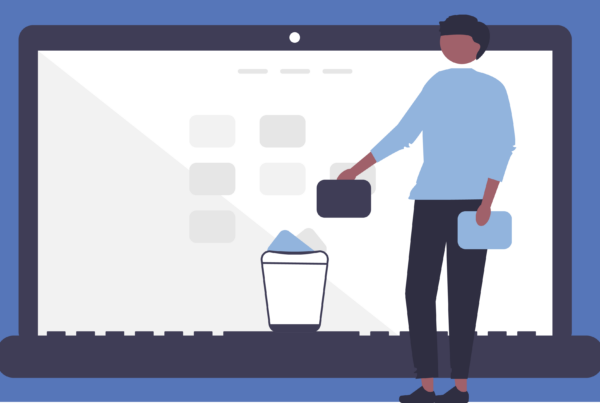
To understand cyber harassment, we need to discuss what it is. The internet has opened the world to people. We can now research, explore and learn anything we wish. However, this comes with the cost of people being able to communicate and message you, with or without your consent.
Cyber harassment is unlike physical or verbal harassment. It is the use of the internet to make unsolicited advances, communication or interactions with another person or entity. A true definition does not exist due to the many forms cyber harassment can take.
Techniques used in Cyber Harassment
Cyber Harassment can take many forms. Stalking becomes harassment when the victim realises their online activities are being watched. Stalkers don’t usually like to show who they are and are usually quiet. Cyberbullies, however, want the victim to know they are doing it and will openly engage online with them. The following techniques are often used:
- Unsolicited posts and comments on Social Media
- Emails
- Texts
- Graphic images and posts directed at the victim
- Instant messaging
Different types of cyber harassment
Hate Speech: Any person using his online persona to promote hate speech against a certain race, sex, religion or political through is considered a cyber-bully. There is a thin line between expressing how you feel or think about an idea and promoting hate speech towards a certain group of people. Any speech that promotes hate culture should be reported to the website immediately.
Pornographic Content: Websites who are not supposed to be carrying sexual content but are doing so should also be flagged. Most social media sites do not allow this type of content.
Self-harm: Promotion of hard drug abuse, cutting or eating disorders should not be dealt with lightly. Most websites where people can share this sort of thing work with suicide prevention agencies to help people in distress.
Intellectual Property Protection: If you share your work online, you need to have a license that protects you from your work being stolen and linked to another person. This could happen with someone stealing your work or posing as you. You can find out more about this here.
Identity Theft: This is not as humorous nor as simple as it is in the film of a similar name. Someone stealing your online persona wants more than just pretending to be you. By pretending to be you they put your relationships, bank accounts and credit cards at stake. If you believe your identity has been stolen online, report it to all websites concerned, the banks as well as the police.
Cyber-Bullying: Ganging up on a persona or constantly harassing them through in digital device is a form of harassment. Consistently insulting or being mean to a person on purpose is also harassment. This behavior is unacceptable on social media sites and has even led to people committing suicide. If the latter is the case, the cyberbully will go to court.
Ways to prevent cyber harassment
To prevent cyber harassment, you need to identify the person responsibly and report them to the online platform and police. Instructing them to stop will not be enough.
- Message the person telling them to stop and then report them to the authorities
- Privatise your accounts – make sure every single account is private so only close friends and family can access your information.
- Never give out personal information as a status update or in a chat group. Don’t even put it in your “About” page on social media. If someone needs personal information, give them a phone call.
- Don’t add people to your friend’s list if you are unsure of who they are.
- Beware of fake accounts. Accounts where someone has no friends or maybe just 5 are probably fake and are being used to stalk you.
- Don’t initiate contact with people who don’t know you.
By setting all your online accounts to “private” you dramatically reduce the number of people who have access to your public information. If your profile is set to private, no one can see your photos or posts. They cannot find your email address and will not be able to comment on anything unless you permit them.
Once cyber harassment has been reported and an investigation has started, the person committing the crime can be arrested and charged if they do not desist.
Victims can take control of the situation by reporting all instances of cyber harassment and talking to their local law enforcement, as well as online agencies who can handle the technology involved.




